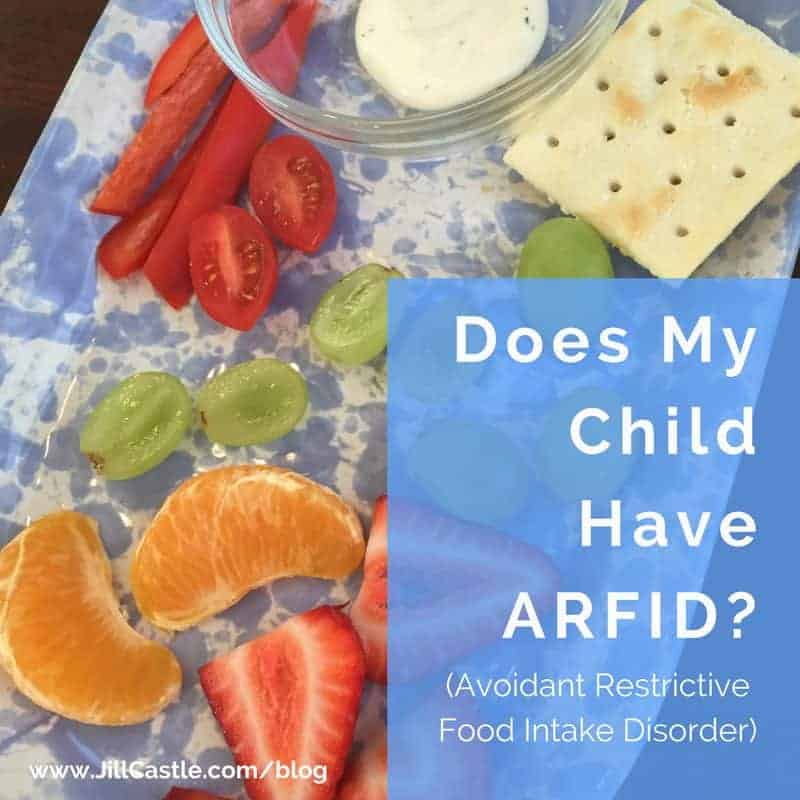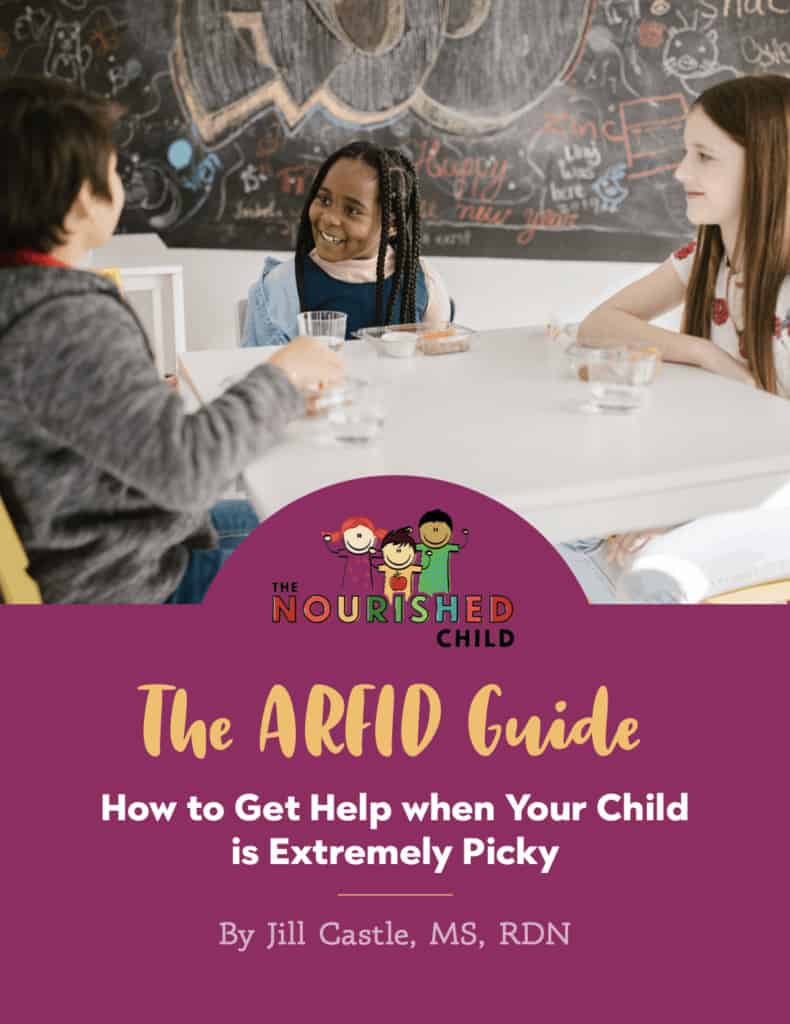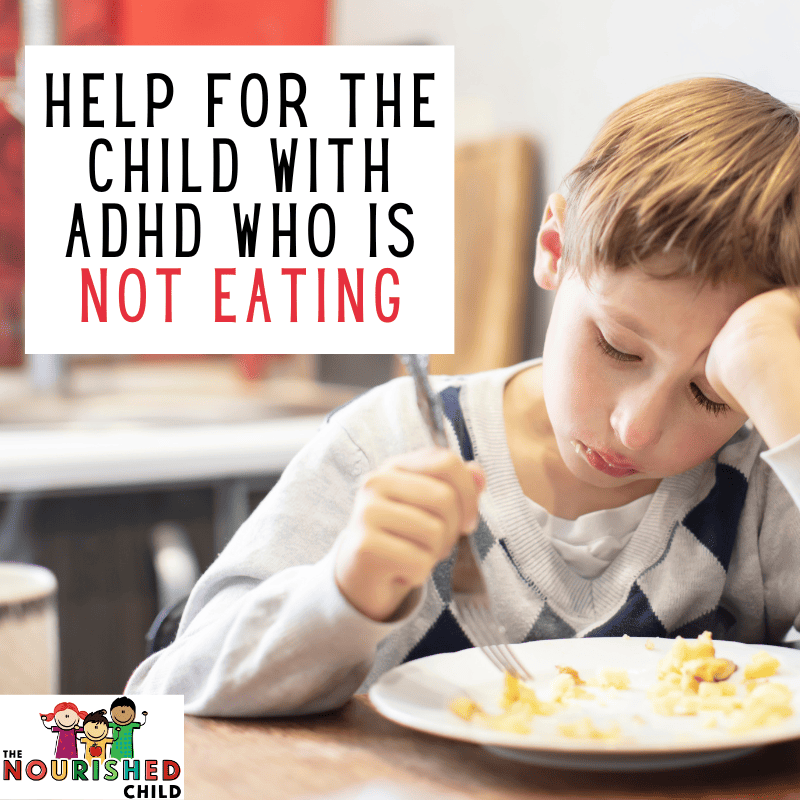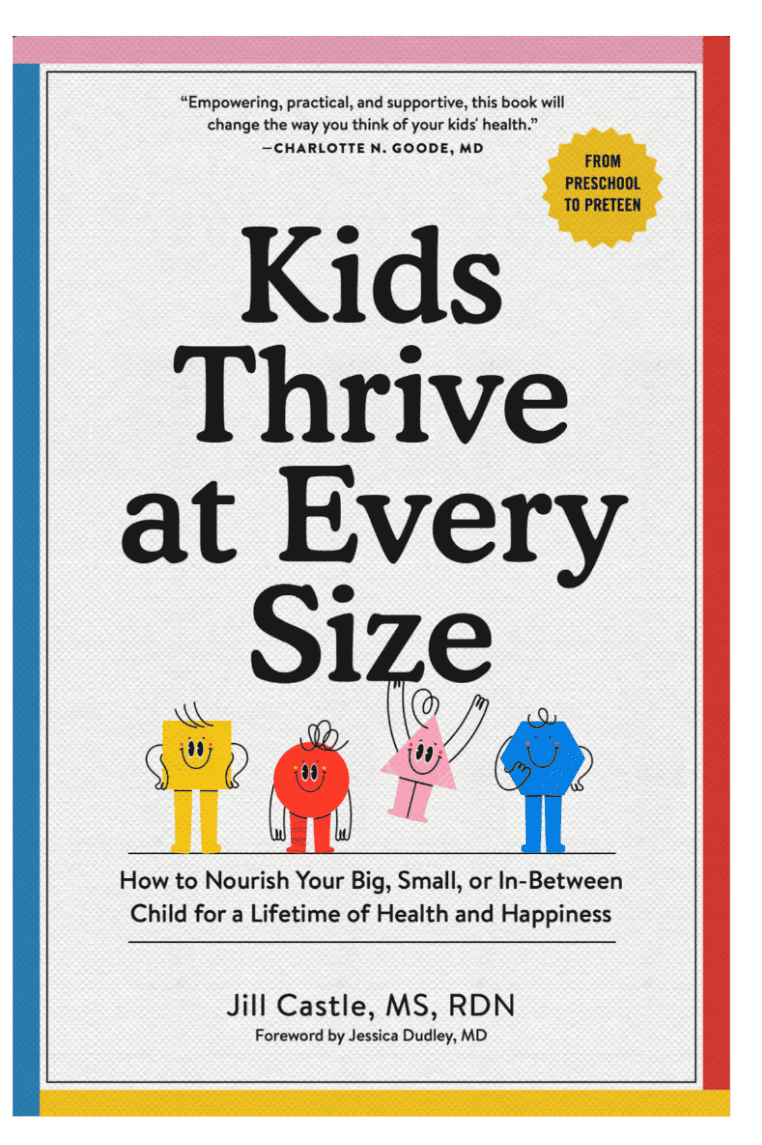Does My Child Have ARFID (Avoidant Food Intake Disorder)?
March 30, 2025
An aversion to food can be challenging to parent. Learn about Avoidant Restrictive Food Intake Disorder (ARFID) in a child, some of the causes, and what you can do to help.
Eight year-old Ben had been a picky eater his whole life. His family didn’t know him any other way. In fact, they’d learned to live with Ben’s idiosyncrasies around food, such as only liking one particular chicken finger from a summertime favorite restaurant, refusing all vegetables, and preferring many sweets and snacks.
Sure, these tendencies weren’t easy to live with and they sometimes caused quite a bit of drama in the family, but Ben’s parents had learned to skip the vegetables, not bother to offer other types of chicken, and learned to live with meals that included cheese, crackers and strawberries nearly every day.
Did they feel guilty? Of course. But they were doing their best.
When Ben started to grow more anxious at social events involving food and his growth started to falter, they started searching for more help. They learned Ben had an extreme form of picky eating called Avoidant Restrictive Food Intake Disorder, or ARFID.
Ben’s parents had never heard of this term. They just thought they were dealing with a picky eater. But deep down they knew Ben wasn’t your average picky eater. After all, he was eight years old and still picky.
He couldn’t spend the night at a friend’s house because there was nothing for him to eat. He was anxious, tearful, or argumentative at the meal table if his usual dinner wasn’t there. Picky eating had taken over, leaving Ben’s parents to morph into short-order cooks, become masters of bribery, and enforcers of more bites.
As a pediatric dietitian, I’ve worked with many families trying to navigate this extreme form of picky eating. I even created a video course for parents so they wouldn’t feel so lost. In this article, I’m reviewing some of the basics, including the symptoms of ARFID, potential causes, and some of the types of support parents can find and employ for their children.

Avoidant Restrictive Food Intake Disorder Symptoms
ARFID is a DSM-5 eating disorder characterized by persistent eating problems which potentially cause significant weight loss and/or growth disturbances, nutritional deficiencies, dependence on nutritional supplements, and impaired psychosocial functioning, including anxiety disorders.
The general signs are:
- Food avoidance – child refuses to eat a variety of food and has a limited number of acceptable foods
- Poor eating or feeding skills, including lack of interest in eating
- Underweight or slowed growth
- Anxiety around food and environments with different types of food
- Sensory sensitivity including to food texture, odor, appearance and flavor
Children with ARFID are not interested in losing weight, nor are they preoccupied with their body, weight, or appearance.
Specifically, these are some of the characteristics of children with ARFID I have seen in my practice:
- A short list of foods the child will eat
- Eating a type of food with similar characteristics, such as crunchy in texture, or colorless, white, or beige in appearance
- Sensory aversions involving odor, sight, taste and texture
- A preference for a particular food preparation method
- Avoidance of vegetables, protein sources (meat, beans, etc), or fruit; may avoid entire food groups
- Chid eliminates a food and never gains it back into the diet
- Poor weight gain and growth (child may also be of normal weight and growth)
- Nutrient deficiencies (iron, vitamin A, and vitamin C are the most common)
- Becomes emotional or demonstrates stress around unfamiliar foods
- Food limitations negatively impact social behaviors and environments resulting in social anxiety
- Won’t try new food
Other Names for ARFID
ARFID can be called or referred to by several different names, including:
- selective eating disorder
- picky eating disorder
- food aversion disorder
- restrictive eating disorder
What Causes the Development of ARFID in a Child?
Kids with ARFID typically have an underlying reason for their food refusal, including early negative associations or traumatic experiences with eating (choking, gagging, vomiting), a medical condition that inhibits eating like a food allergy or constipation, co-existing medical or behavioral conditions such as autism spectrum disorder or Attention Deficit Hyperactivity Disorder (ADHD) that include texture sensitivity or aversion to another food characteristic, or a combination of these.
In my own practice, I have seen a multitude of reasons for ARFID, from enlarged tonsils and adenoids inhibiting eating to sensitivities around the sensory components of food (flavor, texture, appearance, odor, etc) and even parenting interactions that precipitate food avoidance.
Read: Eosinophilic Esophagitis (EoE) in Children
Parenting Food and ARFID in a Child
When you’re the parent of a child with ARFID, you may find yourself doing things that don’t align with your vision of feeding your family. Avoidant restrictive eating means you have an extremely picky eater in the home. After years of food refusal and eating negotiations, short-order cooking emerges. Over time, you may cater to your child’s food preferences and not offer them new foods.
You may use pressure or force your child to try new food before they are ready or willing. This can leave a negative association and fear of aversive consequences when trying unfamiliar foods. It may make your child unwilling to eat.
Other parenting tactics like bribing a child to eat may further limit your child’s diet, and even encourage unhealthy foods.
Unfortunately many families get stuck in unproductive, negative dynamics around food before they get an ARFID diagnosis.
[Read] How to Help Your Child Try New Food and How to Prevent Picky Eating
When Does a Child Need More Help?
If you’re a parent of an extremely picky eater or one with ARFID, there are certain red flags that may indicate more professional help is needed.
- If picky eating isn’t getting better by the end of the fourth year of life, it’s time to look deeper and consider professional intervention
- If eating is getting worse over time, not better
- If other signs of anxiety appear (hair pulling, nail biting, sleep disturbances, etc)
- You suspect nutritional deficits
Help may include learning about new techniques around positive food parenting and boosting growth and nutritional status. Evidence-based treatments include family-based therapy, cognitive behavioral therapy, and feeding therapy.
Or, it could mean one on one intervention to help your child overcome their sensitivities to food, learn to chew and swallow, or develop coping skills to manage anxiety.
[Watch Picky Eating vs. ARFID on YouTube!]
Anxiety and ARFID
Anxiety is an underlying component in ARFID for many kids. In fact, some research has shown that 21% of kids with ARFID also have anxiety, and up to 58% may have an anxiety disorder.
It’s hard to be brave and try new foods when you experience a significant amount of stress around food and at the table, whether it stems from food itself or from family members, or peers, at mealtime.
In the older child, social events including food may become a source of angst and is often the trigger for families to seek more help from a healthcare professional. What the family has been able to deal with in the home becomes much more limiting to the child’s social life as they grow. Equally challenging is the embarrassment the child may feel about his food preferences and eating around friends.
[Watch Picky Eating vs. ARFID on YouTube!]
Treatment Using Food Therapy
As a relatively new diagnosis, ARFID and its management is still new territory. We’re learning what’s effective and beneficial for each child. There are a few things you should know, however, about an ARFID treatment plan.
One, each child will have different reasons for their condition, and therefore, the approach to treat it will be different, too.
For example, children with sensitivities to the sensory components of food will need food desensitization and exposure-based food therapy with a feeding specialist.
Kids who are anxiety prone will need help with coping skills, food exposure therapy, and confidence-building around new food and eating in social situations.
Children who have experienced pressure to eat, bribery, or even punishment for not eating will benefit from parent-centered positive feeding education, as well as other treatment approaches. And, children who are nutritionally compromised will need nutrition rehabilitation.
Fortunately, there are treatment teams who can help children with ARFID, as well as single providers who can help.

Helping the Child at Home
Some parents are able to get started with helping their child at home. This is best guided by a healthcare provider and involves systematically trying one or two new foods each day. It’s important to keep this a positive experience and not overwhelm the child.
Resources
- If you know your child needs more help but don’t know where to find it, you’ll want to read my PDF guidebook, The ARFID Guide: How to Get Help When Your Child is Extremely Picky.
- I also have a DIY class called Nutrition for Extremely Picky Eaters.
- Try New Food Workbook will help you get started at home.
- Subscribe to my newsletter, The Munch, where I answer parent questions about picky eating and so much more!
- Do you know a child who may have ARFID? Share this article if you know a family who is struggling with a long-term picky eater!
- Be sure to check out The Ultimate Guide to Feeding the Picky Eater!

Jill Castle, MS, RD
I like empowering parents to help their children and teens thrive at every size with realistic advice centered on healthful habits around food, feeding, nutrition and health behaviors. As a pediatric dietitian and author, my goal is to share strategies and realistic advice to help you raise a healthy and happy child through my articles and podcast.




